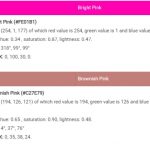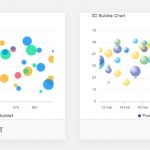MRP was first developed in the 1970s to help companies manage their inventory levels and make better decisions about what they need to produce. It has been gaining steam again in recent years because it can also be used as an effective tool for cost reduction and other benefits.
Table of Contents
What is MRP?
MRP, or manufacturing resource planning, is a system for managing the production and supply of goods. MRP includes coordinating the timing of production with customer demand.
MRP is a system that helps businesses plan and prioritize inventory, which can help them avoid misunderstandings about what materials are on hand. It encourages efficiency by providing material needs in advance so there’s no surprises when it comes time to produce the goods. MRP also saves money because instead of keeping large amounts of items on-hand at any given time, companies only need to have enough available for their next batch or two.
What are the different aspects of MRP?
MRP can be used to help your business with a wide range of tasks, from managing inventory levels and forecasting future needs to reducing costs. In order for it to work well in any business that produces goods or services, you need many pieces working together.
Some key components include:
- BOMs (bill of materials) – What goes into making your product. This creates an accurate estimate that tells you when ordering more parts or supplies will be necessary so there’s enough on hand at all times.
- MAS (material availability schedule) – Planning out how much material is needed when so there’s enough on hand at all times; this includes estimating stockroom requirements based on production forecasts.
- DRPs (detailed routing plans) – Ensuring that every part required to complete an assembly operation is available when necessary.
- MRP (production planning) – Coordinating the timing of production with customer demand. MRP can be used to help your business with a wide range of tasks, from managing inventory levels.
Benefits of using MRP in your business
Using MRP, businesses can:
- Be more efficient and accurate in their production schedules by planning ahead of time.
- Understand what inventory they need to keep on hand at all times, so that the business isn’t left scrambling for supplies when an order comes up.
- Prioritize which parts will be needed sooner rather than later, avoiding potential long waits between batches. This also ensures that employees have enough materials available to work with during each batch, reducing downtime.





